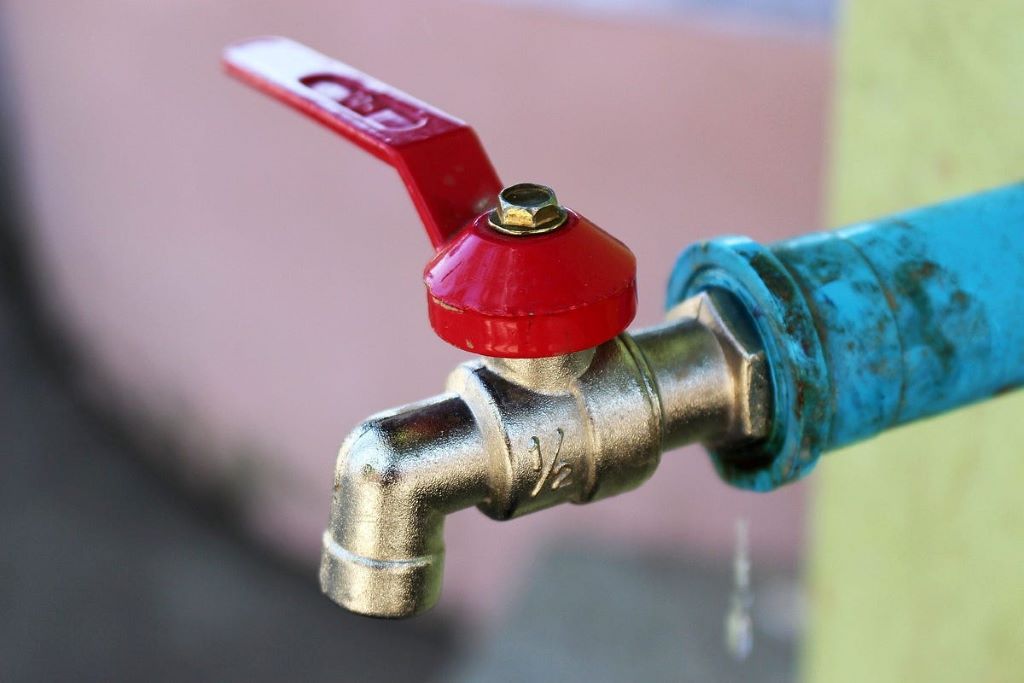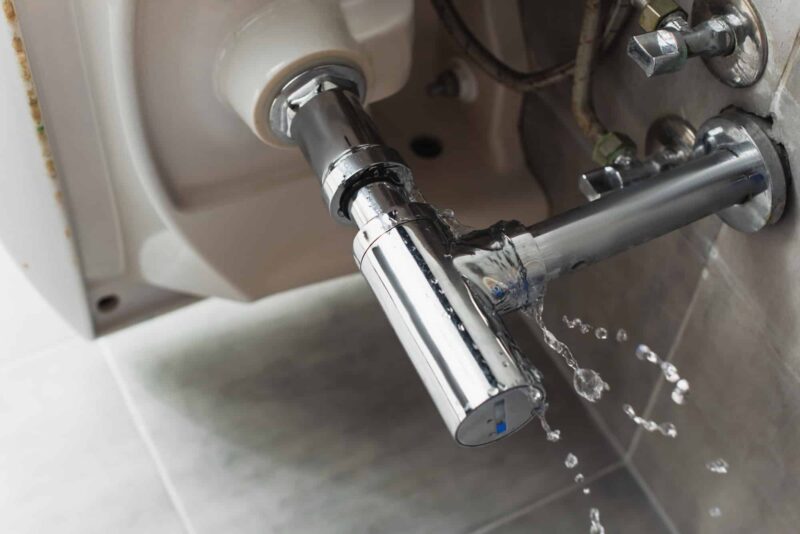Water leaks are a homeowner’s hidden enemy. Often, they lurk silently behind walls or beneath floors, causing subtle, yet destructive damage. Over time, a hidden leak can lead to significant water waste, structural problems, and even hazardous mold growth. Early detection is key to minimizing costs and preserving the integrity of your home.
1. Unexplained Spike in Your Water Bill
One of the most reliable indicators of a hidden leak is a sudden, unexpected increase in your water bill. Monitor your monthly water usage and compare it to previous periods. If you notice a significant jump that cannot be explained by seasonal changes or increased water use (like filling a pool), it’s time to investigate further.
Pro-Tip: To isolate a potential leak, record the reading on your water meter before bed. Don’t use any water overnight, and then check the meter again in the morning. A change in the reading confirms that you have a leak somewhere in the system.

2. Strange Sounds from Your Plumbing
Pay attention to the sounds your plumbing makes. Even when you’re not actively using faucets or appliances, a hidden leak can manifest itself through subtle noises. Dripping, hissing, or whooshing sounds–especially coming from within walls or ceilings–warrant investigation. Running water when nothing should be using it is a strong indication of a leak.
Pro-Tip: Listen carefully near water heaters and toilets as these are common culprits for hidden leaks.
3. Musty Odors or Visible Mold
Hidden leaks create a damp environment that’s perfect for mold and mildew growth. If you notice musty, earthy smells in rooms, unexplained stains on walls or ceilings accompanied by a damp feeling, there could be moisture accumulating where it shouldn’t. Mold spots on walls that aren’t directly in a bathroom could also point to a leaky pipe.
Pro-Tip: Actively check for mold under sinks, around water supply lines, and inside cabinets that are near plumbing fixtures. Mold is hazardous to your health, so seek professional remediation if you find a significant buildup.
4. Warped Floors, Sagging Ceilings, and Water Stains
Hidden leaks slowly saturate walls, ceilings, and flooring. Over time, this can lead to warping, discoloration, and sagging. Look closely for subtle changes in surfaces, particularly around areas with plumbing. Water stains on drywall or bubbling paint are strong visual cues that there’s moisture present. Any sign of water damage warrants a thorough inspection to pinpoint the source.
Pro-Tip: Even slight changes in the levelness of your floor could signify a long-term leak causing structural problems.
5. Unexplained Wet Spots or Lush Patches Outdoors
If your home has a slab foundation, leaks can develop beneath it. Look for consistently soggy patches in your yard or lush, unusually green spots that don’t seem to dry out. Sinkholes or dips in your lawn or paved areas may also point to an underground leak eroding the soil.
Pro-Tip: If you suspect a slab leak, wet a patch of your concrete driveway or patio. If the water seems to disappear faster than you’d expect from evaporation, it could be soaking into a crack.
What to Do if You Suspect a Hidden Leak:
- Shut off the main water supply: This can help minimize damage while you assess the problem.
- Look and listen: Try to isolate the source of the suspected leak. Check your walls for dampness, water stains, or signs of mold, both inside and out. Listen for dripping noises.
- Call a professional plumber: Hidden leaks often require the expertise of a plumber to properly identify and repair. Plumbers may use specialized equipment to pinpoint the leak without needlessly damaging your home.
Prevention Is Key
Alongside understanding the signs of leaks, here are some preventive tips:
- Regularly inspect plumbing: Check visible pipes, connections, and fixtures for signs of wear, corrosion, or drips.
- Know the location of your main water shut-off valve: Be prepared in the event of a major leak.
- Invest in leak detection technology: Consider smart water monitors that can alert you to unusual usage patterns.
By being vigilant and proactive, you can catch hidden leaks and avoid the costly damage they can cause. Remember, early detection saves money, protects your home, and preserves your peace of mind.
